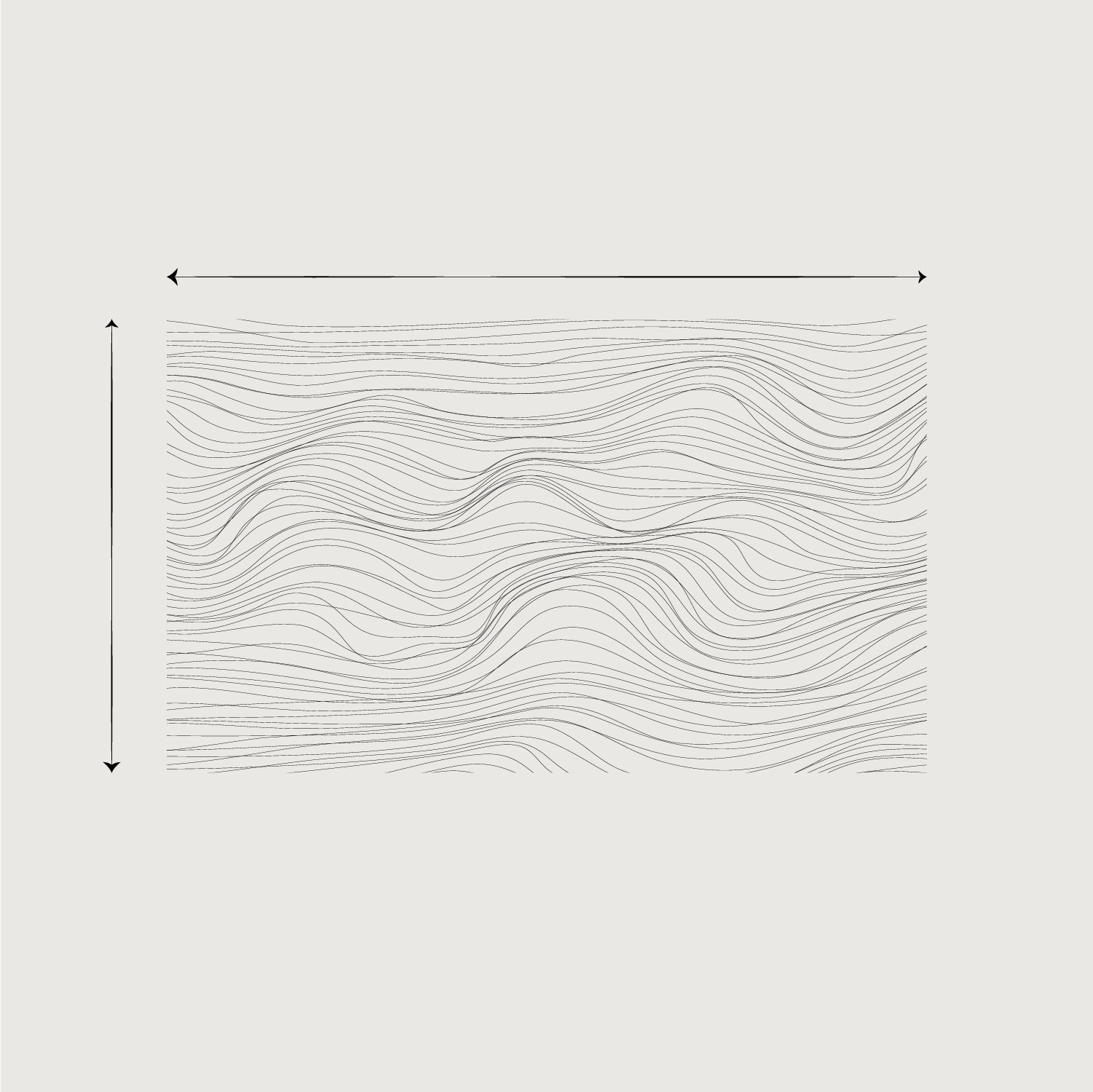0115 684 8754

How to measure your garden
Whether you're building a new deck or laying an artificial grass lawn, it's important to measure the area you want to cover carefully. Measuring in advance will ensure you order the right amount of material, which can save you time and money.
Here are the steps, in a nutshell:
- Break your planned area into rectangles
- Calculate the area of each rectangle
- Add the results of all rectangular areas together
A nice, simple rectangle
If your area happens to be a straightforward rectangle, lucky you. Simple shapes are, of course, the easiest to measure. Just measure the length and the width of the area, then add those two numbers to get your total area.

Divide your garden into rectangles
If your garden is a more complex shape, you can start by breaking it down into rectangles. Measure the length and width of each rectangle and multiply to get the area for each rectangle. Then add each rectangle area together to get the total area.

As a general rule, it's normally best to select rectangular areas based on the longest sides of your plan, as below.

More complex shapes
Unfortunately, gardens are rarely so simple, geometrically speaking. There are often curves, wedges and weird shapes that you have to work with. For these more complex shapes, you need to calculate the area of a 'bounding rectangle'.
The best way to do this is to break up the shapes as before, then imagine how that shape fits into a rectangle.

Then, as before, calculate the area of each rectangle and add them together.

Depending on the shapes you have and the amount of excess in your bounding rectangle, you may end up with excess material that you can fit into other shapes.
It's always best practice to order more material than you need, just in case there's a mistake made during installation. Excess material can also be used to make cool side-projects like patio furniture.
Raised decking
Raised decking areas are more complicated still, because you need to think about the vertical elevation. If you're building decking that's raised off the ground, you'll probably want to use extra decking boards to cover gaps and exposed areas under your deck. Depending on the design of your decking and the surrounding architecture, some areas may need to be covered, and others may not.
In order to measure for raised decking, it's best to sketch out how your deck will look from the side, measuring the dimensions of each elevation that will need extra decking boards for coverage.
As before, break everything up into rectangles to calculate the individual areas, then add it all together to get your total area.
Note that any raised deck that is higher than 30 cm requires local planning permission.
Decking joists and frames
It's vital to have a strong frame to support your decking, and your measurements come into play here too. Here are some rules of thumb to help you calculate how many joists you need:
- You need to place joists at the edge of each rectangular area of decking
- You need to place joists at every 40 cm across each rectangular area of decking
- Raised decking areas require additional down joists to support the upper frame
These are just estimates
It's important to note that any calculations based on these guides are a best-guess estimate. If you're not sure how best to measure your garden or how much material to order, give us a call or find an approved installer to advise you.


